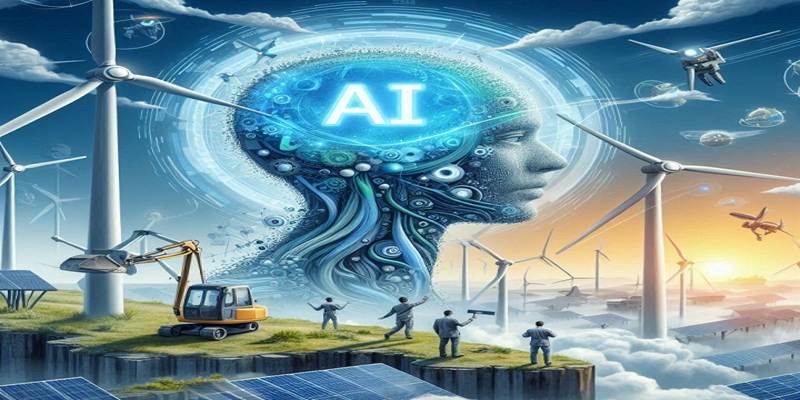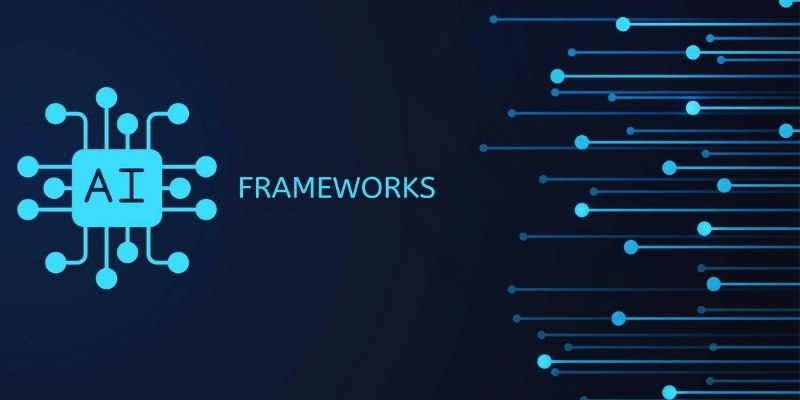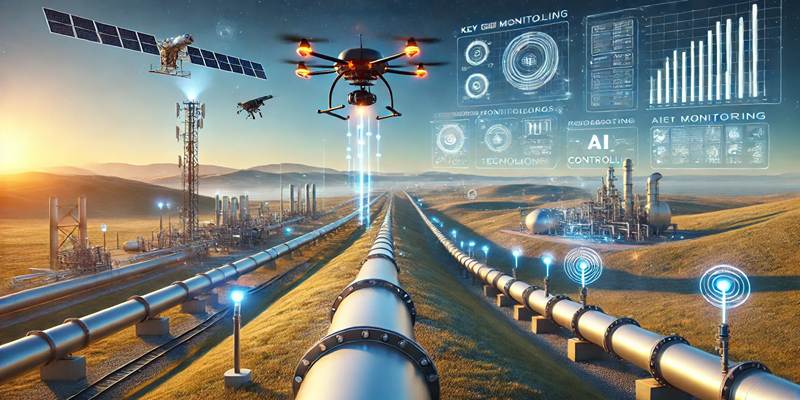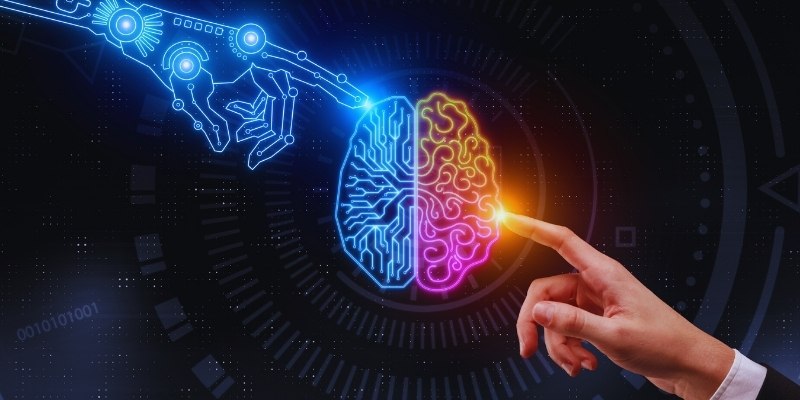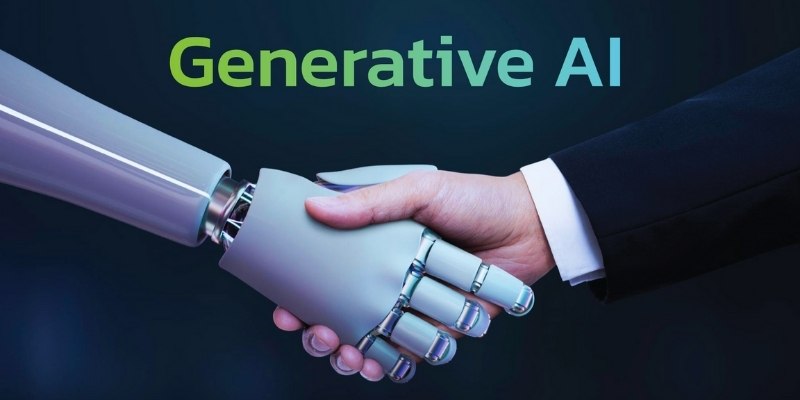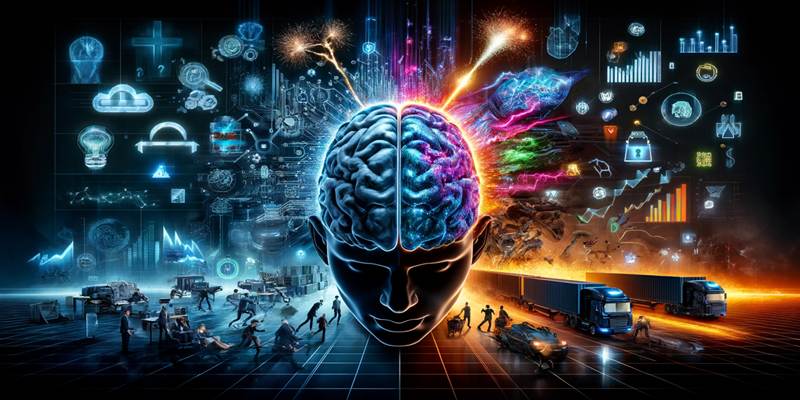In today's fast-paced world, electricity consumption continues to rise, especially during specific hours of the day when demand reaches its highest levels. This period is known as peak load—a critical challenge for energy providers and consumers alike. Traditional systems often rely on fossil-fuel-powered backup generators to meet this sudden surge, leading to increased energy waste, higher operational costs, and environmental harm.
However, Artificial Intelligence (AI) is now playing a key role in transforming how peak load is managed. By analyzing vast amounts of data and making intelligent predictions, AI allows for smarter energy distribution and helps reduce unnecessary waste.
Understanding Peak Load Management
Peak load management is the use of strategies and tools to lower the amount of energy used when demand is high. These steps are very important for keeping the power grid safe and not overworking it.
Utility companies often have to decide whether to increase production using resources that aren't very efficient or try to get people to use less energy during busy hours. Unfortunately, neither option is the best without smart control. Artificial Intelligence (AI) can help make things more efficient and help people make better decisions.
The Role of AI in Energy Systems
Artificial intelligence enhances energy systems by processing real-time data from various sources such as smart meters, weather updates, and historical consumption records. Through predictive models and machine learning algorithms, AI can forecast peak demand and offer insights that lead to optimized load management.
Key AI technologies include:
- Machine Learning (ML): Identifies consumption patterns and predicts future load spikes.
- Internet of Things (IoT): Collects data from connected devices for real-time monitoring.
- Predictive Analytics: Forecasts energy needs, allowing proactive adjustments.
These tools allow AI systems to take control of energy flows with precision and flexibility.
How AI Helps Reduce Energy Waste
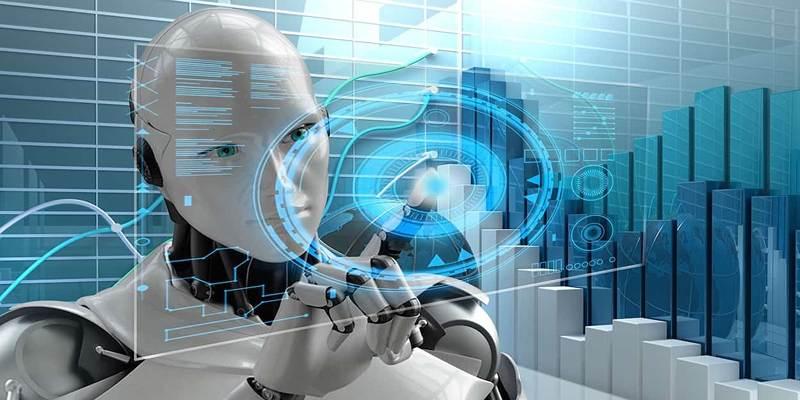
Reducing energy waste during peak load is one of AI’s most valuable contributions. Here are the main ways AI achieves this goal:
Smart Load Forecasting
AI systems can forecast demand hours or even days in advance by analyzing trends, seasonal changes, and external factors such as temperature and humidity. It enables utility companies to:
- Plan energy generation more effectively
- Reduce reliance on backup generators
- Lower the risk of grid overloads
With better forecasting, energy can be generated and distributed with greater efficiency, resulting in less waste.
Automated Load Balancing and Shifting
AI allows systems to automatically redistribute electricity or shift non-essential consumption to off-peak times. For example, industrial equipment or EV charging stations can be scheduled to operate during periods of low demand.
Common AI-driven strategies include:
- Adjusting building HVAC systems based on occupancy and weather
- Powering down or dimming lighting in unused areas
- Delaying high-energy tasks like dishwashing or laundry in households
Such intelligent automation leads to significant savings without affecting comfort or functionality.
Integration with Renewable Energy Sources
One of the biggest challenges with renewables is their unpredictability. Solar panels, for instance, generate maximum power during the day, while demand often peaks in the evening. AI bridges this gap by integrating energy storage and load forecasting.
For instance:
- AI can store excess solar energy during the day in batteries
- This stored energy is then used during peak times, reducing grid dependence
This synchronization minimizes energy loss and encourages more effective use of renewables.
AI in Smart Grids and Smart Buildings
AI-powered solutions are making both smart grids and smart buildings more efficient and responsive.
In Smart Grids
In a smart grid, AI enhances operational control by:
- Monitoring electricity flow in real-time
- Detecting and responding to faults instantly
- Redistributing power based on real-time demand
This level of automation reduces energy loss during transmission and improves grid reliability.
Before you dive into smart buildings, it’s important to note how individual consumers also benefit from AI insights in their own homes and workplaces.
In Smart Buildings
Buildings account for a large portion of total electricity consumption. AI enables these structures to become more energy-efficient by:
- Learning daily usage patterns and adjusting systems accordingly
- Controlling lighting, cooling, and heating based on real-time occupancy
- Providing actionable insights to facility managers for further optimization
As a result, energy consumption is aligned with actual needs, minimizing waste and cutting energy bills.
Real-World Applications of AI in Peak Load Management
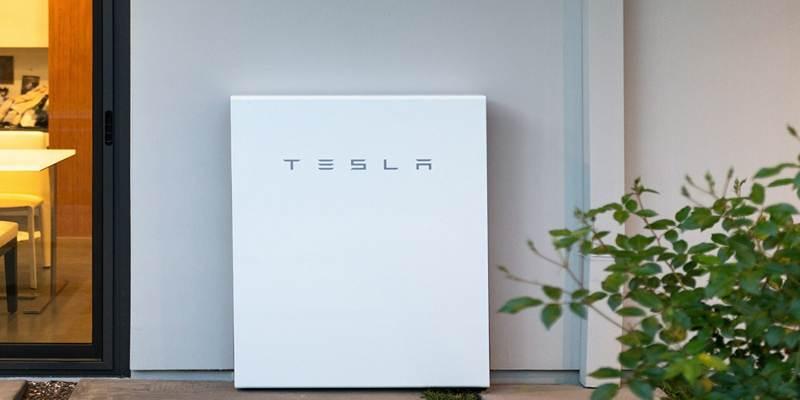
Many organizations and countries are already using AI to optimize energy usage.
Some noteworthy examples include:
- Google’s Data Centers: AI manages the cooling system, reducing energy use by up to 40%.
- Tesla’s Powerwall: Uses AI to analyze household energy habits and shift usage to cheaper, off-peak times.
- UK National Grid: Employs AI to balance demand and supply more accurately, especially during events like extreme weather or public holidays.
These examples highlight the significant impact AI can have when applied effectively.
Advantages of Using AI for Peak Load Management
AI offers several distinct advantages in energy management:
- Efficiency Gains: Better forecasting and real-time control reduce excess generation.
- Cost Savings: Shifting energy usage to off-peak times lowers utility bills for businesses and homes.
- Cleaner Energy Mix: Improved integration with renewables supports sustainability goals.
- Grid Stability: Reduced overload risk enhances the reliability of the power network.
These benefits are pushing more energy providers and building managers to invest in AI-based solutions.
Conclusion
Artificial intelligence has emerged as a game-changing tool in the battle against energy waste. By enabling smarter decisions, accurate forecasts, and real-time responses, AI is helping energy providers and consumers better manage peak load conditions. Through AI-powered systems, the world can expect not only reduced energy waste but also lower costs, cleaner air, and more stable energy networks. In the journey toward sustainability, AI isn’t just a helpful tool — it’s becoming a vital part of the solution.
